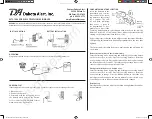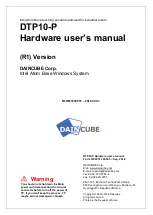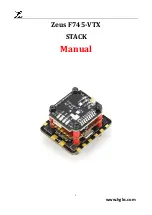
Table 10 . Function codes (continued)
Parameter
Unit of
Measure
Security Level
Default Value
Key Entry Limit
To Read
To Write
To Reset
Low
High
013 Power Factor
-X.XXX
---
View
NA
NA
NA
NA
NA
•This is the power factor of the primary circuit, as represented by the phase difference
between the line current and voltage.
•Lagging current, or inductive loads, are designated by an implied (+) sign, and leading
current, or capacitive loads, are designated by a (-) sign. Refer to Figures 5-1 and 5-2.
Forward Power
Leading
(-)
Lagging
(+)
Unity
E
I
I
Reverse Power
Leading
(-)
Lagging
(+)
Unity
E
I
I
Figure 16. Reverse power vector diagram
Figure 17. Forward power vector diagram
014 kVA Load
XXXX.X kVA
KVA
View
NA
NA
NA
NA
NA
•This is the total kilovolt-amperes drawn by the load, as calculated by the product of the
load-voltage primary kV (FC 10) times the primary load current (FC 9). See Figure 18.
kW=kVA cos q
kW
kVA
kvar
kvar=kVA sin q
q
Power Factor = kW
kVA
Figure 18. Power triangle
015 kW Load
XXXX.X kW
KW
View
NA
NA
NA
NA
NA
•This is the total kilowatts (true power) consumed by the load.
•This is calculated by the product of the power factor (FC 13) times the kVA load (FC 14).
See Figure 18.
•During reverse power operation, the control requires source voltage from a differential or
source potential transformer or from the source voltage calculation (see FC 39) to obtain
this parameter. Lack of this voltage will result in the parameter displaying dashes.
50
INSTALLATION, OPERATION, AND MAINTENANCE INSTRUCTIONS
MN225003EN April 2018
CL-7 Voltage Regulator Control
















































